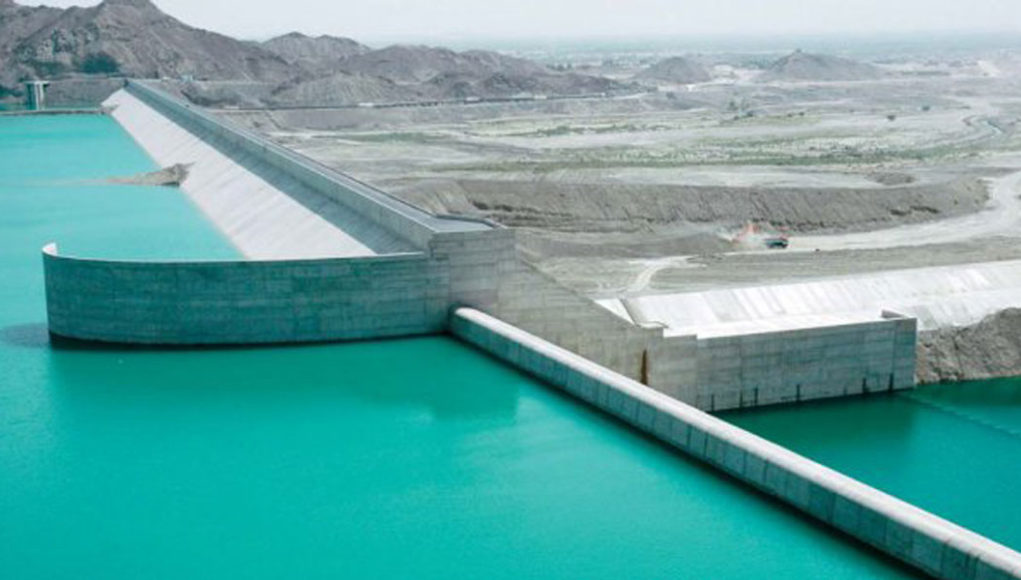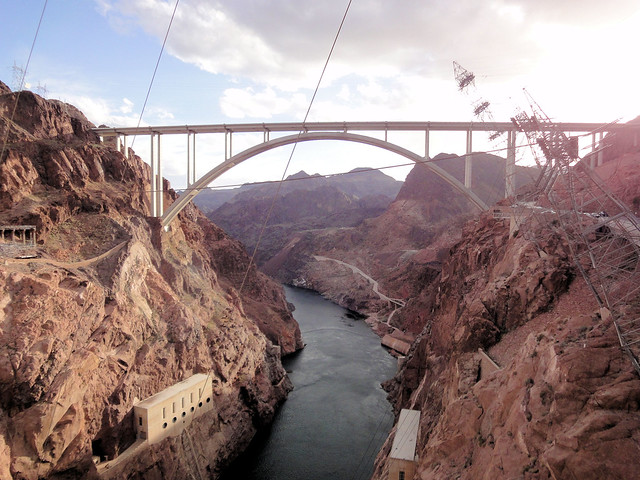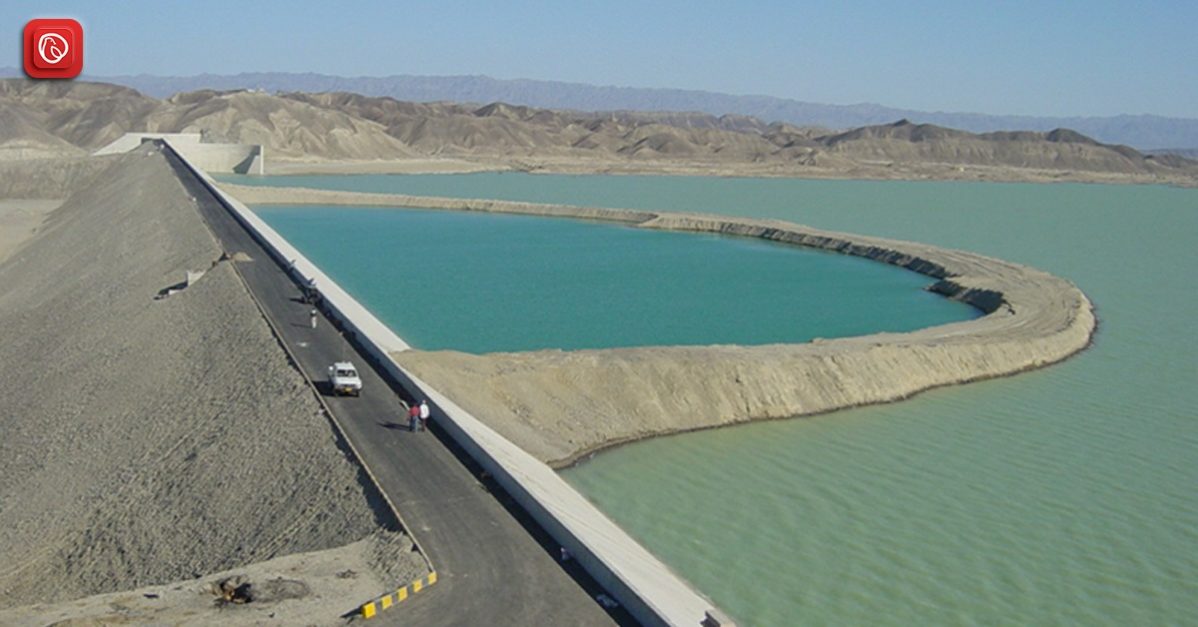Situated in Balochistan, Pakistan, Mirani Dam is a remarkable engineering marvel that has brought prosperity to the region. In this blog, Graana.com outlines the history, construction, benefits, and significance of the dam.
History of Mirani Dam

Constructed in the late 1990s, the dam was envisioned as a solution to address the area’s water scarcity issue and provide a reliable source of irrigation. The project was initiated by the government of Pakistan to improve the lives of local communities and boost the agricultural productivity of the region.
Construction and Design

The construction of the dam involved meticulous planning and cutting-edge engineering techniques. The dam is built on the Dasht River, a tributary of the Mula River, and features a rock-filled structure with a clay core. This design ensures the dam’s stability and longevity.
The structure stretches across the valley, spanning approximately 1,260 metres in length. Its maximum height reaches an impressive 143 metres, allowing it to store vast amounts of water. The dam’s reservoir, formed by the obstruction of the river, has a storage capacity of millions of cubic metres.
The design of the dam takes into account the local geological conditions and the flow patterns of the river. Engineers conducted extensive studies to determine the most suitable location and design for the dam to ensure its durability and functionality.
Benefits
One of the primary objectives of the Mirani Dam was to alleviate water scarcity and support agricultural activities in the region. Through an extensive network of canals and irrigation channels, the dam efficiently distributes water to the surrounding land, facilitating irrigation for farmers.
The provision of a consistent and reliable water supply has enabled farmerss to cultivate their crops more effectively, resulting in increased productivity and higher yields. It has also led to the cultivation of cash crops, further diversifying the agricultural sector. This has not only improved food security but has also created new economic opportunities for the local population.
Hydroelectric Power Generation
This dam in Pakistan also features a hydropower station equipped with turbines that convert the force of the flowing water into electricity. This sustainable energy source reduces dependence on fossil fuels and contributes to the overall energy security of the region. The hydropower station at the Mirani Dam generates a substantial amount of electricity, which is supplied to the local grid.
Environmental Impact and Biodiversity
The construction of the Mirani Dam has not only brought about socioeconomic benefits but also had an impact on the environment and local biodiversity. Before the dam’s construction, the area experienced a scarcity of water, affecting flora and fauna in the region. The dam’s reservoir now provides a habitat for various aquatic species, and supports the growth of vegetation along its banks.
Efforts have been made to ensure that the environmental impact of the dam remains minimal. The dam’s design includes measures to mitigate soil erosion, sedimentation, and the disruption of natural water flow downstream. Environmental assessments and monitoring programs are in place to protect the delicate balance of the ecosystem.
The presence of the reservoir has created new opportunities for recreational activities, such as boating and fishing, which further contribute to the region’s tourism and economic growth.
Social and Economic Transformation
The Mirani Dam has catalysed a significant social and economic transformation in the region. The availability of water for irrigation has created employment opportunities and enhanced the livelihoods of local communities. Farmers have witnessed improved crop yields, leading to increased income and economic stability.
The dam has also facilitated the establishment of agro-based industries, such as food processing and textile manufacturing, which have further contributed to the economic growth of the region. The improved infrastructure and agricultural productivity have attracted a number of investments, fostering overall development and prosperity.
The access to water provided by the dam has not only improved agricultural practices but has also led to the development of other sectors, such as livestock farming, horticulture, and agro-industries. This has resulted in the creation of a diverse rural economy, reducing poverty and improving the standard of living for the local population.
Conclusion
Through the dam’s construction, the region has witnessed a remarkable transformation, with improved agricultural productivity, clean energy generation, and enhanced livelihoods. Its positive impact on the environment and the socioeconomic well-being of the local communities serves as a testament to its significance.
FAQs
What was the main purpose of constructing the Mirani Dam?
The main purpose of constructing the dam was to address water scarcity in the region of Balochistan and provide a reliable source of irrigation.
How was the Mirani Dam constructed?
The dam is a rock-filled structure with a clay core. It was built on the Dasht River, a tributary of the Mula River. Its design ensures stability and longevity, with meticulous planning and the use of cutting-edge technological tools.
What are the dimensions of the Mirani Dam?
The dam stretches approximately 1,260 metres in length, and has a maximum height of 143 metres. Its reservoir has a storage capacity of millions of cubic metres of water.
How does the Mirani Dam benefit agriculture and irrigation?
The dam provides a consistent and reliable water supply to agricultural lands through a network of canals and irrigation channels. This facilitates effective irrigation for farmers, resulting in increased productivity, higher crop yields, and the ability to cultivate cash crops.
Does the Mirani Dam generate electricity?
Yes, the dam features a hydropower station equipped with turbines that convert the force of flowing water into electricity. This sustainable energy source contributes to the overall energy security of the region and reduces dependence on fossil fuels.
What is the environmental impact of the Mirani Dam?
The construction of the dam has had both positive and negative environmental impact. The reservoir formed by the dam provides a habitat for various aquatic species and supports vegetation growth along its banks.
How has the Mirani Dam transformed the socioeconomic landscape?
The dam has brought about a significant social and economic transformation in the region. It has created employment opportunities, enhanced agricultural practices, and facilitated the establishment of agro-based industries. The improved infrastructure and increased productivity have attracted a number of investments, and contributed to overall development and prosperity.
Is the Mirani Dam a tourist attraction?
While the primary purpose of the dam is irrigation and energy generation, the reservoir created by the dam has become a hub for biodiversity and recreational activities. Moreover, it attracts various bird species and offers opportunities for boating and fishing, making it a potential tourist attraction.
How has the dam improved the standard of living for local communities?
The availability of water for irrigation has led to improved crop yields and increased income for farmers, thereby improving the standard of living for local communities. Additionally, the establishment of agro-based industries and the growth of the rural economy have further contributed to socioeconomic development.
What are future plans for the Mirani Dam?
Future plans may involve ongoing maintenance and monitoring to ensure its continued functionality and environmental sustainability.
For more information about famous dams in Pakistan, visit Graana.com.




